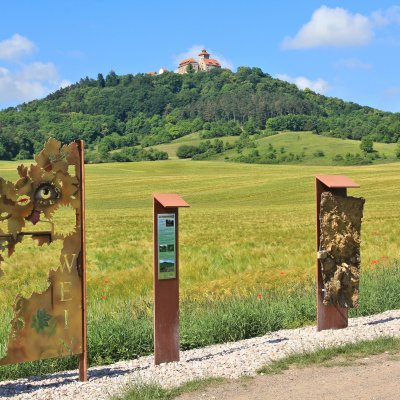Culture and Nature
UNESCO Global Geoparks in Germany
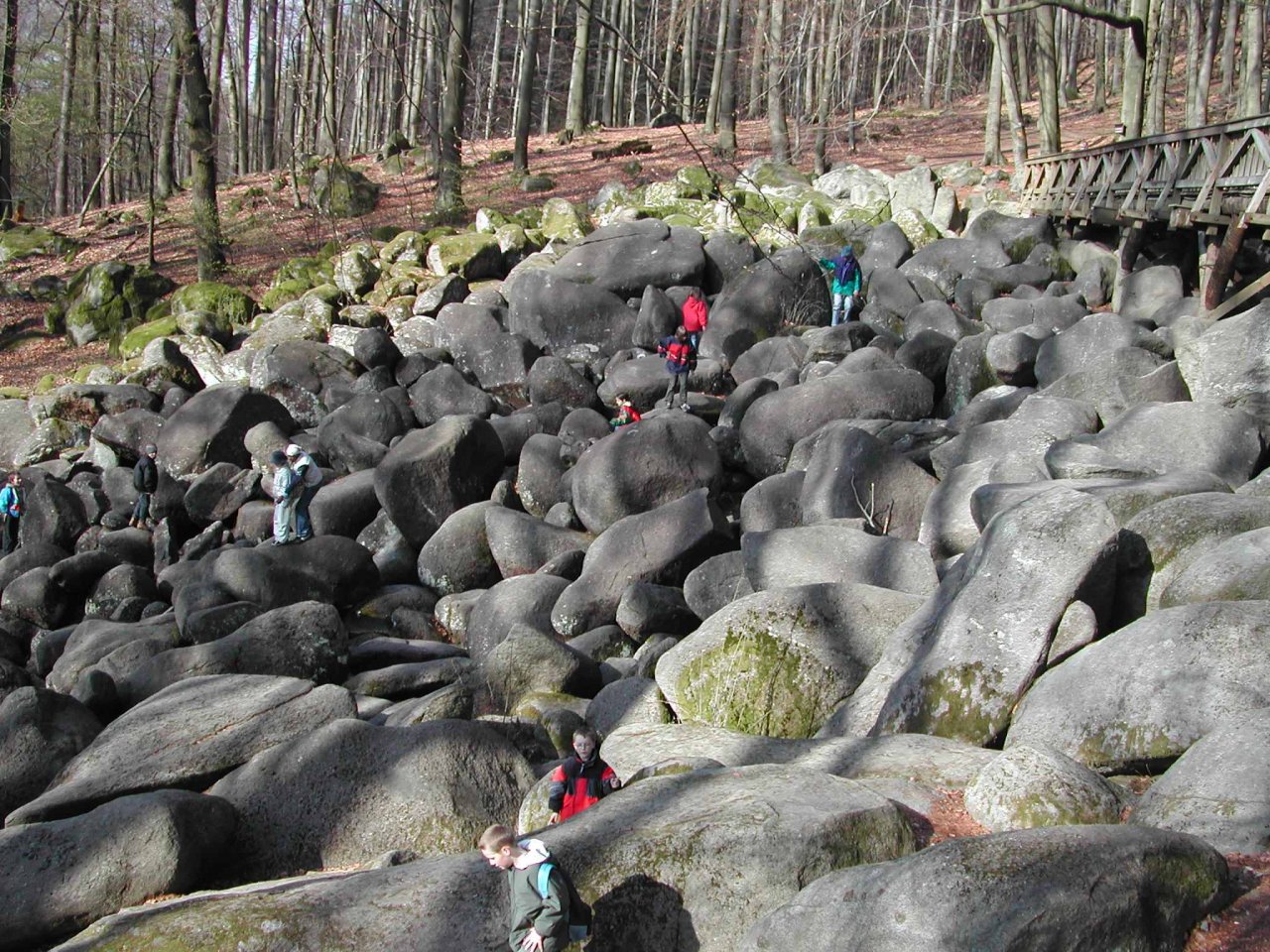
The Global Geoparks were designated by UNESCO for the first time in 2015. Since then, the UNESCO Global Geoparks in Germany have made great progress, providing in particular a strategic framework for regional development. The German UNESCO Global Geoparks cover around seven percent of Germany's total land area.
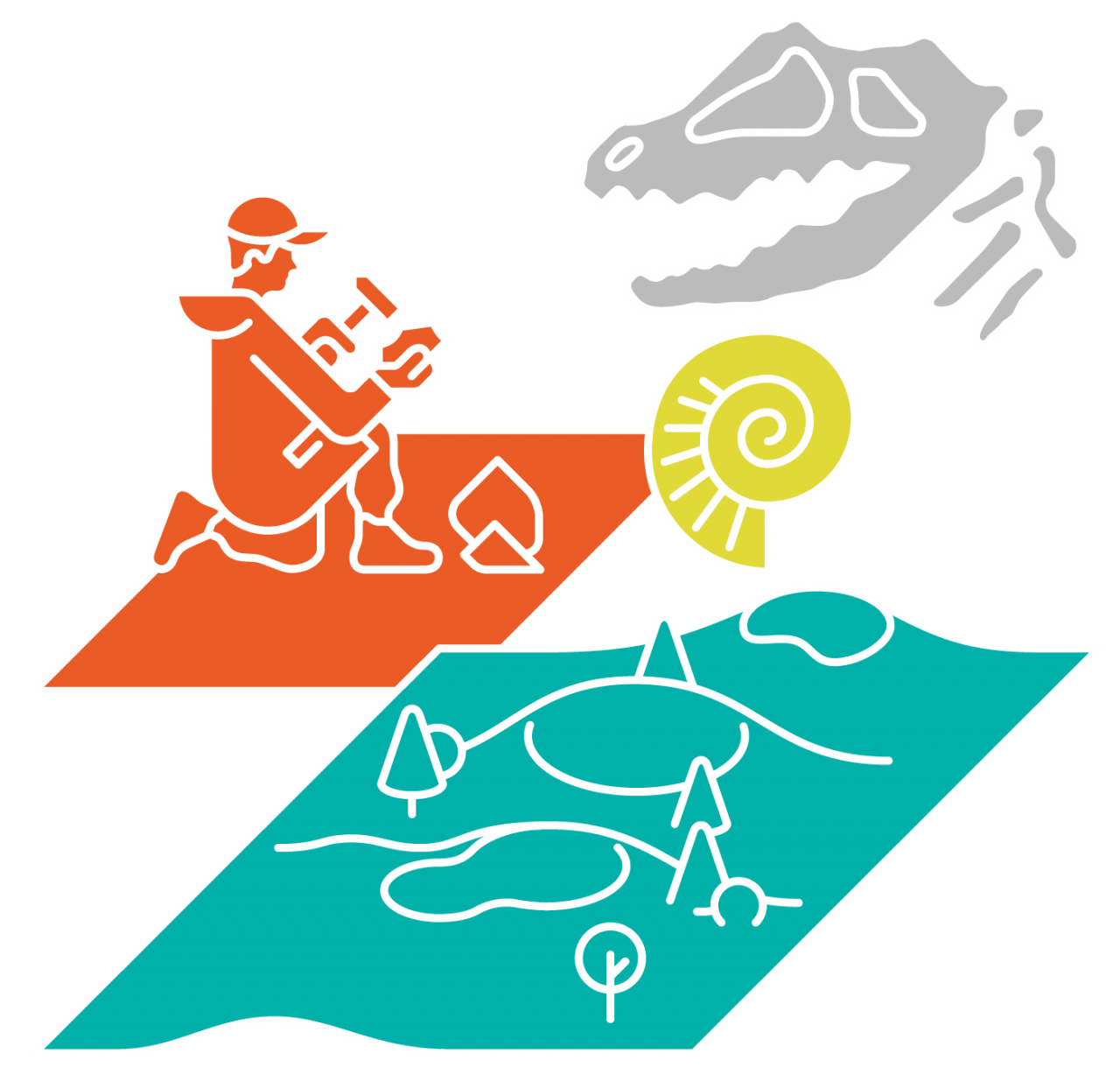
UNESCO Global Geoparks are areas with geological sites and landscapes of international geoscientific importance. Examples of such important sites in German geoparks are: the “classic square mile of geology” on the northern edge of the Harz, the fossils from Holzmaden in the Swabian Alps or the Eifel maar craters. Several of these important areas have also been categorised as World Heritage by UNESCO, such as the Rammelsberg mine in Harz – Braunschweiger Land – Ostfalen, the Messel fossil pit in Bergstraße-Odenwald or the Ice Age caves in the Swabian Alps.
The German UNESCO Global Geoparks showcase the valuable cultural and natural heritage of their respective territories, making it accessible to residents and visitors alike through a holistic concept of education, protection and sustainable development. UNESCO Global Geoparks promote tourism and sustainable economic development – and also a strong local identity as part of a global network. They address the challenges of global change in their region, always with reference to its unique geological heritage.
The concept of geoparks was well-established in Germany, even before they were designated by UNESCO. In 2002, the joint government committee for soil research (BLA-GEO) introduced a national certification, “National Geopark in Germany”. There are now 16 such certified national geoparks. In addition, there are some geoparks without a national certification so far. The national certificate is awarded by the GeoUnion Alfred Wegener Foundation. National geopark status is a prerequisite in order to submit an application for consideration as a UNESCO Global Geopark. All German UNESCO Global Geoparks are, thereby, also incorporated into the network of national geoparks. The UNESCO Global Geoparks Forum in Germany, founded in 2012, provides another platform for the German UNESCO Global Geoparks and their representatives to share experiences and good practice.
Bergstraße-Odenwald (3,780 km², Baden-Württemberg, Bavaria, Hesse)
True to the slogan "Between granite and sandstone—continents in motion", the UNESCO Global Geopark Bergstraße-Odenwald offers a charming landscape through which over 500 million years of Earth's eventful history come alive and become tangible.
To learn more, click on this profile of the UNESCO Global Geopark Bergstraße Odenwald.
Harz–Braunschweiger Land–Ostfalen (9,650 km², Lower Saxony, Saxony-Anhalt und Thuringia)
With an area of over 9,600 km², the Geopark Harz - Braunschweiger Land - Ostfalen is the largest of its kind in Germany. The Geopark region is not only an industrial and research location, but also one of the most important travel destinations in Germany.
To learn more, click on this profile of the UNESCO Global Geopark Harz Braunschweiger Land Ostfalen.
Schwäbische Alb (6,200 km², Baden-Württemberg)
With its world-famous fossil sites, the Swabian Alb (Schwäbische Alb) represents a history of the Jurassic Period indexed in stone. It is also the region with the most caves in Germany. It showcases a karst landscape with volcanic craters and unique fossil deposits, some of which are world-famous, like the "sea angels" from the Nusplinger Limestone, the fish saurians from Holzmade, and the landmark ammonites of the geopark.
To learn more, click on this profile of the UNESCO Global Geopark Swabian Alb.
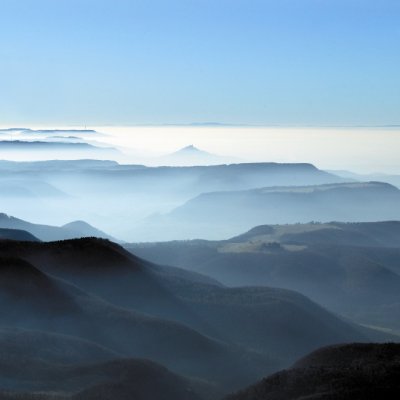
TERRA.vita (1,560 km², Lower Saxony und North Rhine Westphalia)
The name is apt: TERRA.vita, the UNESCO Global Geopark, offers a record of our planet's life. The area encompasses the most northwestern foothills of the German low mountain ranges, the Teutoburg Forest and the Wiehen Hills. No other place offers such a complete documentation of the past 300 million years of earth's history.
To learn more, click on this profile of the UNESCO Global Geopark TERRA.vita.
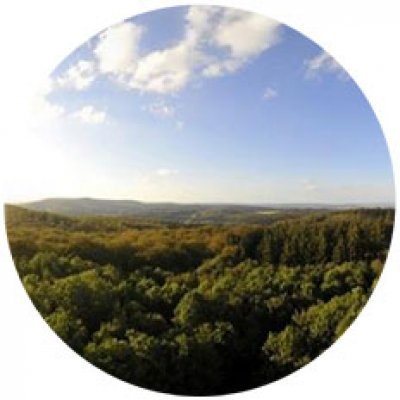
Vulkaneifel (1,250 km², Rhineland-Palatinate)
Across the western Eifel, from the Mosel to the Belgian border, lies an unparalleled volcanic landscape: the Vulkaneifel. Volcanic activity has left clear traces in the region and made the landscape a documentation of earth history. But the region is not only a sought-after destination for volcanologists; the Vulkaneifel has a lot more to offer, especially for tourism.
To learn more, click on this profile of the UNESCO Global Geopark Vulkaneifel.
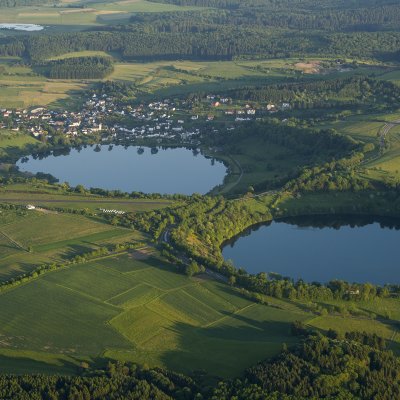
Muskauer Faltenbogen/Łuk Mużakowa (580 km², Brandenburg, Saxony sowie Lubusz Voivodeship in Poland)
The Muskauer Faltenbogen lies in the tri-border area between Brandenburg, Saxony and Poland and resembles a large horseshoe when viewed from above. During the Ice Age, the Muskauer Glacier compressed the subsoil and piled up layers of earth in front of it. The Faltenbogen is a compressed terminal moraine - the footprint of an ice-age glacier. The Muskauer Faltenbogen is considered one of the world's best large-scale examples of the deformation of the subsoil by glaciers. With its well-developed network of cycling and hiking trails, the Faltenbogen offers an excellent look into the wealth of forms present in an ice-age landscape.
To learn more, click on this profile of the UNESCO Global Geopark Muskauer Faltenbogen.
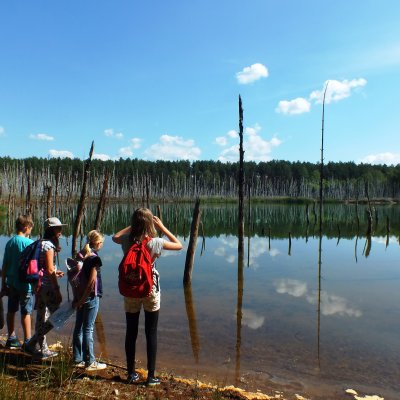
Thuringia Inselsberg – Drei Gleichen (725 km², Thuringia)
The UNESCO Global Geopark Thuringia Inselsberg - Drei Gleichen encompasses parts of two different landscape areas from the Thuringian Forest and the Thuringian Basin. The name of the Geopark refers to its highest elevation, the Großer Inselsberg, 916.5 m above sea level, and a trio of medieval castles in the Thuringian Basin, which are also called "Drei Gleichen". The region is characterized by an enormous geological diversity and bears testimony to impressive geological developments, from the supercontinent Pangaea to today's landscape.
To learn more, click on this profile of the UNESCO Global Geopark Inselsberg Drei - Gleichen.
